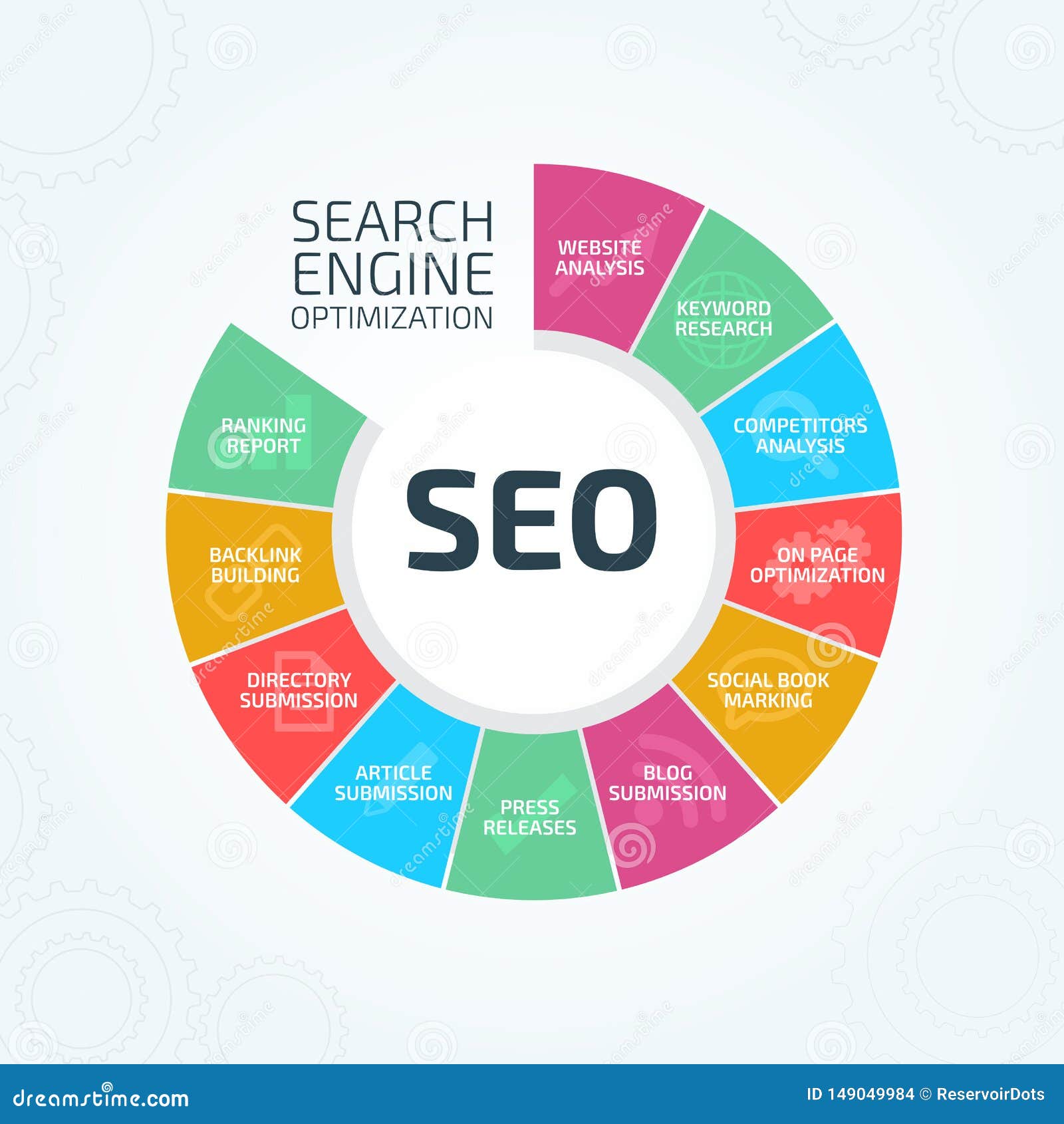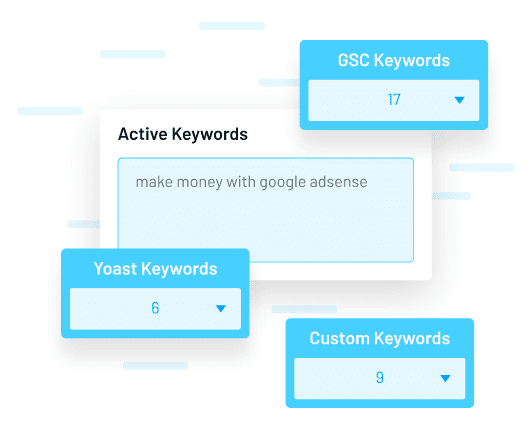
Introduction
In the ever-evolving world of SEO, one of the most powerful yet underutilized strategies is turning on-site behavior into actionable SEO signals. While many marketers focus on backlinks, content quality, and technical SEO, the behaviors users exhibit on your website—such as time spent, click-through rates, and navigation patterns—can be just as valuable. These signals not only reflect user satisfaction but also influence how search engines like Google interpret and rank your site.
This article will guide you through the process of identifying, analyzing, and leveraging on-site behavior to improve your SEO performance. Whether you’re a seasoned SEO professional or just starting out, understanding how to transform user actions into SEO signals can give you a competitive edge in 2025 and beyond.
H2: What Is On-Site Behavior and Why It Matters
On-site behavior refers to the interactions users have while visiting a website. This includes metrics such as:
- Dwell Time: The amount of time a user spends on a page before returning to the search results.
- Bounce Rate: The percentage of visitors who leave after viewing only one page.
- Click-Through Rate (CTR): The ratio of users who click on a link compared to those who see it.
- Navigation Patterns: How users move through your site, which pages they visit, and where they drop off.
Search engines use these signals to determine the relevance and quality of your content. For example, if users spend a long time on your page and engage with its content, it suggests that your page is providing value. This can lead to higher rankings, as search engines prioritize pages that keep users engaged.
In addition to improving rankings, on-site behavior also plays a role in E-E-A-T (Experience, Expertise, Authoritativeness, Trustworthiness). Pages that demonstrate high engagement are often seen as more trustworthy and authoritative, further enhancing their SEO potential.
H2: How On-Site Behavior Impacts SEO Performance
On-site behavior directly influences several key SEO factors:
1. User Engagement Metrics
Engagement metrics like dwell time and bounce rate are strong indicators of content quality. If users quickly exit your site, it may signal that your content isn’t meeting their expectations. Search engines take this into account when determining the relevance of your content.
2. Click-Through Rate (CTR)
A high CTR from search results indicates that your title and meta description are compelling and relevant. This can lead to more traffic and better rankings. Tools like Google Search Console can help you track and optimize your CTR.
3. Content Relevance and Authority
Pages that users interact with more (e.g., by clicking on internal links or spending time reading) are likely to be seen as more relevant and authoritative. This can lead to improved rankings for related keywords.
4. Conversion Rates
While not a direct ranking factor, conversion rates can indirectly impact SEO. A well-optimized site that drives conversions is more likely to be seen as valuable, leading to increased traffic and better engagement signals.
5. Mobile Experience
With Google’s mobile-first indexing, on-site behavior on mobile devices is especially important. Pages that load quickly and offer a seamless mobile experience tend to perform better in search results.
By monitoring and optimizing on-site behavior, you can improve your SEO performance and create a better user experience.
H2: Step-by-Step Implementation Framework
Turning on-site behavior into effective SEO signals requires a structured approach. Here’s a step-by-step framework to help you get started:
1. Define or Audit the Current Situation
Start by assessing your current on-site behavior using tools like Google Analytics, Google Search Console, and Hotjar. Look for patterns in user behavior, such as high bounce rates or low dwell times.
- Goal: Identify areas where users are dropping off or not engaging.
- Tools: Google Analytics, Hotjar, SEMrush.
2. Apply Tools, Methods, or Tactics
Once you’ve identified problem areas, implement changes to improve user engagement. Some effective tactics include:
- Optimize Page Load Speed: Use tools like Google PageSpeed Insights to identify and fix loading issues.
- Improve Content Quality: Ensure your content is informative, well-structured, and aligned with user intent.
- Enhance Navigation: Simplify your site structure and add clear internal links to guide users.
-
Use A/B Testing: Test different versions of your landing pages to see what works best.
-
Goal: Create a more engaging and user-friendly website.
- Tools: Google Optimize, Ahrefs, Screaming Frog.
3. Measure, Analyze, and Optimize
After implementing changes, continue to monitor on-site behavior to measure the impact of your efforts. Use Google Analytics and Search Console to track improvements in metrics like CTR, bounce rate, and dwell time.
- Goal: Continuously refine your strategy based on real-time data.
- Tools: Google Analytics, Tableau, Excel.
H2: Real or Hypothetical Case Study
Let’s look at a hypothetical case study of an e-commerce website that improved its SEO through on-site behavior optimization.
Background: The website had a high bounce rate and low dwell time, indicating poor user engagement.
Actions Taken:
– Optimized page load speed using Google PageSpeed Insights.
– Improved product descriptions and added high-quality images.
– Enhanced internal linking to guide users to related products.
– Used A/B testing to refine landing pages.
Results:
– Bounce rate decreased by 35%.
– Dwell time increased by 50%.
– Organic traffic grew by 25% within three months.
– Conversion rate improved by 18%.
This case study demonstrates how focusing on on-site behavior can lead to measurable SEO improvements.
H2: Tools and Techniques for On-Site Behavior Optimization
To effectively turn on-site behavior into SEO signals, consider using the following tools:
- Google Analytics: Track user behavior, including bounce rate, session duration, and traffic sources.
- Google Search Console: Monitor how your site performs in search results and identify technical issues.
- Hotjar: Visualize user interactions with heatmaps and session recordings.
- Screaming Frog: Audit your website for technical SEO issues and crawlability problems.
- Ahrefs: Analyze competitor sites and track keyword performance.
- Lumar: Conduct comprehensive SEO audits and track performance over time.
These tools provide valuable insights into on-site behavior and help you make data-driven decisions.
H2: Future Trends and AI Implications
As AI and machine learning continue to shape the future of SEO, on-site behavior will become even more critical. Search engines like Google are increasingly using AI to understand user intent and deliver more personalized results.
Future trends to watch include:
- Voice Search Optimization: As voice search grows, understanding user behavior on mobile and smart speakers will be essential.
- AI-Driven Personalization: Search engines will use AI to tailor results based on user behavior and preferences.
- Enhanced User Experience: AI will help businesses create more intuitive and engaging websites that align with user expectations.
To stay ahead, focus on creating a seamless user experience and continuously analyze on-site behavior to refine your SEO strategy.
H2: Key Takeaways
- On-site behavior is a powerful source of SEO signals that can improve rankings and user engagement.
- Metrics like dwell time, bounce rate, and CTR are crucial for understanding how users interact with your site.
- A structured approach to optimizing on-site behavior involves auditing, implementing changes, and measuring results.
- Tools like Google Analytics and Hotjar provide valuable insights into user behavior.
- Future trends in AI and voice search will further emphasize the importance of on-site behavior in SEO.
By turning on-site behavior into effective SEO signals, you can create a more engaging, user-friendly website that ranks higher in search results and drives more organic traffic.
Meta Title: How to Turn On-Site Behavior into Effective SEO Signals
Meta Description: Learn how to leverage on-site behavior to boost your SEO performance with actionable steps and tools.
SEO Tags (5): on-site behavior, SEO signals, user engagement, SEO optimization, digital marketing
Internal Link Suggestions:
– Parameter #7: How to Optimize Content for Search Intent
– Parameter #9: Technical SEO Best Practices
– Parameter #14: The Role of Backlinks in Modern SEO
External Source Suggestions:
– Google Search Console
– Google Analytics
– Hotjar










